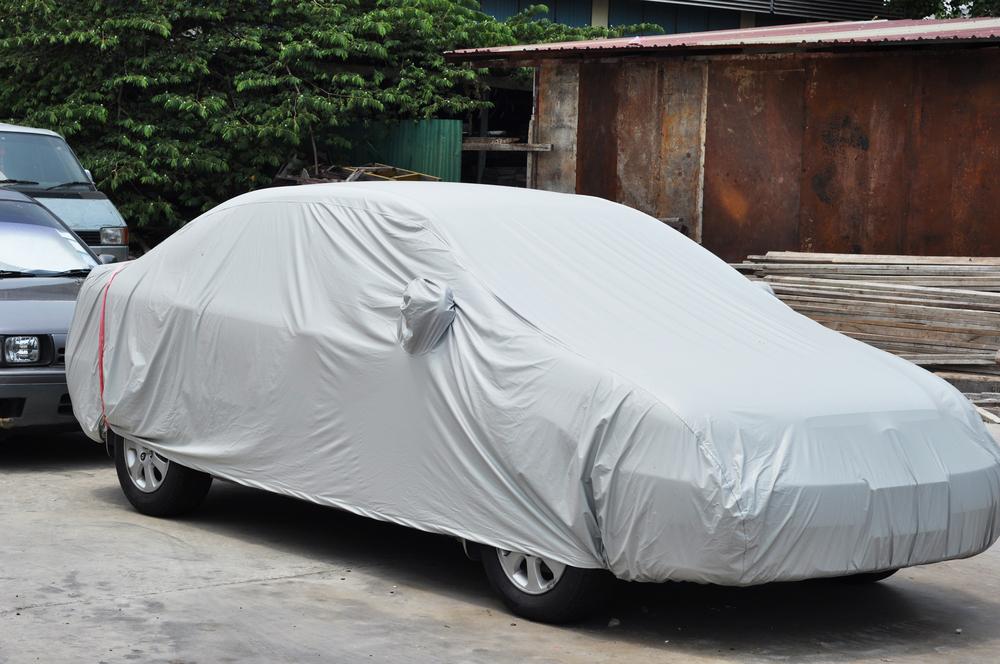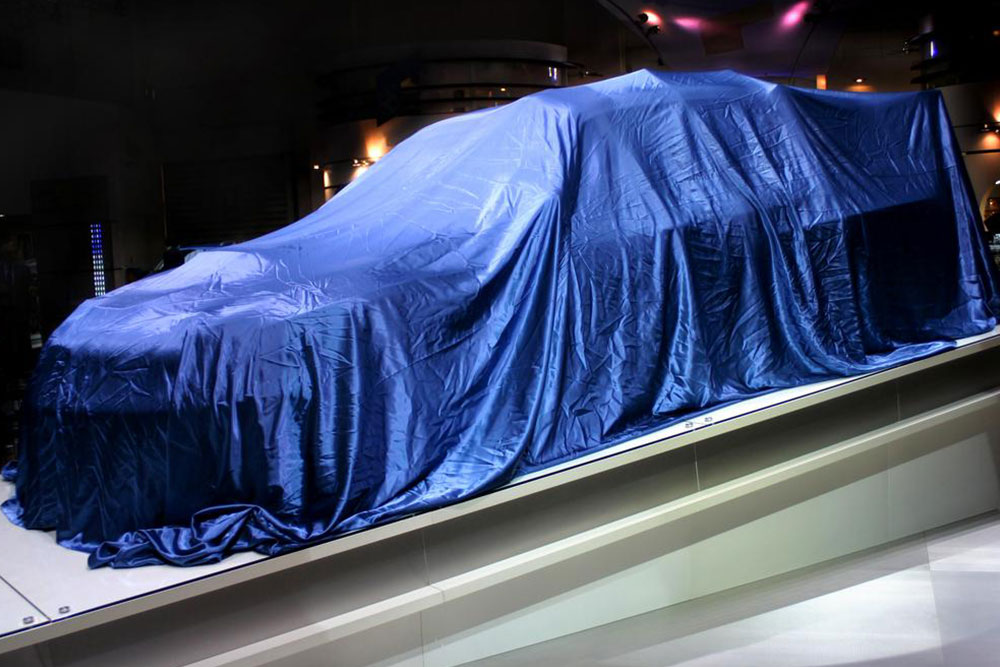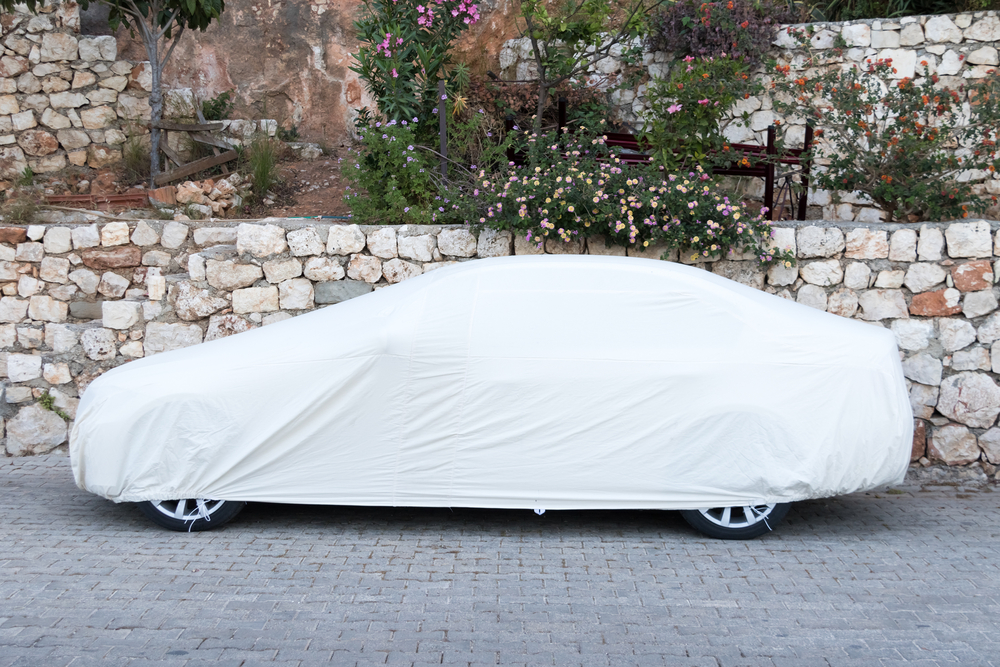The Ultimate Guide to Choosing the Ideal Car Cover for Your Vehicle
Discover the comprehensive guide to choosing the perfect car cover, tailored to your vehicle type and environment. From indoor to outdoor covers, universal to custom-fit options, and the importance of fabric and weather resistance, this article provides expert advice to help you safeguard your car effectively. Learn how to select, maintain, and maximize the lifespan of your vehicle protection gear for enhanced vehicle longevity and appearance.

Comprehensive Guide to Selecting the Perfect Car Cover for Your Vehicle
Expert Tips for Choosing the Right Car Cover
Protecting your vehicle from the elements and daily wear is essential to maintain its appearance, value, and longevity. A high-quality car cover serves as an effective barrier against dirt, dust, moisture, harmful UV rays, bird droppings, and pollution, helping preserve your car’s pristine condition. Whether your car is parked indoors in the garage or outdoors on the driveway, selecting the appropriate cover tailored to your environment and vehicle type is critical. This extensive guide will walk you through the key factors to consider, ensuring you find the most suitable car cover that matches your needs and budget.
Indoor vs. Outdoor Car Covers: Which One Is Right for You?
Indoor car covers are designed for vehicles kept mostly inside garages or carports. They are lightweight, soft, and help prevent dust accumulation, scratches, and minor dings. These covers typically feature gentle fabrics that avoid damage to your vehicle’s paint and finish, while offering protection against everyday indoor threats like household dust, pet hair, and accidental knocks.
Outdoor car covers need to be more durable and weather-resistant. They are constructed from materials that can withstand rain, snow, wind, UV rays, and exposure to dirt and pollutants. Heavy-duty waterproof fabrics, UV-resistant coatings, and wind-resistant features are common in outdoor covers. Choosing a robust outdoor cover helps prevent rust, paint fading, and interior overheating caused by sun exposure, especially during hot summer months.
Proper choice between indoor and outdoor covers depends on your vehicle’s parking situation. Indoor covers are suitable for vehicles that spend most of their time inside a garage, while outdoor covers are designed to withstand harsh weather conditions and extended exposure to outdoor elements. Selecting the right type of cover will significantly impact your car’s maintenance and longevity.
Universal vs. Custom-Fit Car Covers: Which Option Is Best?
Universal car covers are constructed in standard sizes to fit a wide range of vehicle models. They are generally more affordable and easily accessible, providing basic protection against dust, dirt, and light weather conditions. Suitable for general use, these covers are ideal if you own more than one vehicle or want a cost-effective solution.
Custom-fit car covers are designed specifically for your vehicle’s make, model, and dimensions. They offer a snug, tailored fit, which prevents loose fabric from flapping and causing scratches. Custom covers excel at protecting high-value cars, classic models, and modifications by minimizing moisture buildup and preventing condensation that can harm paintwork.
Investing in a custom cover ensures maximum coverage and protection, especially for vehicles with unique shapes or aftermarket modifications. Although they can be more expensive, their precise fit and enhanced durability make them a worthwhile investment for serious car enthusiasts and owners of valuable or vintage vehicles.
Key Considerations for Choosing a Weather-Resistant Car Cover
Ensure the cover is compatible with your vehicle’s specific model and dimensions for optimal protection. Ill-fitting covers won’t provide adequate protection and may even cause scratches or wear.
Look for covers made from high-quality, weather-resistant materials that prevent water ingress, resist UV degradation, and withstand wind damage. Features like reinforced seams, elastic hems, and adjustable straps improve fit and durability.
Protection against moisture is vital to prevent rust and corrosion, especially if you live in areas with high humidity or frequent rainfall. Consider covers with breathable fabrics that allow moisture to escape while preventing external water penetration.
UV resistance is crucial in sunny climates to avoid paint fading, interior damage, and overheating. An effective UV-resistant cover can keep your vehicle cooler and protect it from sun-related deterioration.
Does Fabric Choice Make a Difference?
The fabric composition plays a significant role in the future performance and protection level of your car cover. Lightweight, soft fabrics are ideal for indoor use, offering gentle protection and easy handling.
For outdoor covers, heavier and more rugged fabrics are necessary to withstand environmental stressors. Materials like polyester, PVC-coated fabrics, or multilayer composites provide durability against water, wind, and UV rays.
Breathable and non-abrasive fabrics help prevent scratches and paint damage while allowing moisture to evaporate, reducing the risk of mold or mildew formation underneath the cover.
Choosing a fabric that balances protection, breathability, and ease of maintenance will prolong the life of your vehicle’s paint and finish.
How Often Should You Use a Car Cover?
For maximum protection, it is recommended to use your car cover every time your vehicle is parked, especially during long-term storage or in environments with high dust or pollution levels.
Always ensure your vehicle is clean and dry before covering it. Trapping dirt and moisture beneath the cover can accelerate corrosion, paint deterioration, and mold growth.
Regularly inspect and clean your car cover to remove dirt, debris, and potential allergens. Maintaining your cover ensures it continues to provide effective protection over time.
Store the cover in a dry, cool place when not in use to prevent mold and fabric deterioration.
By carefully considering your vehicle type, environmental conditions, and budget, you can select a high-quality car cover that offers optimal protection, longevity, and value. Proper maintenance and timely replacement of worn-out covers will ensure your car remains protected and in excellent condition for years to come.





